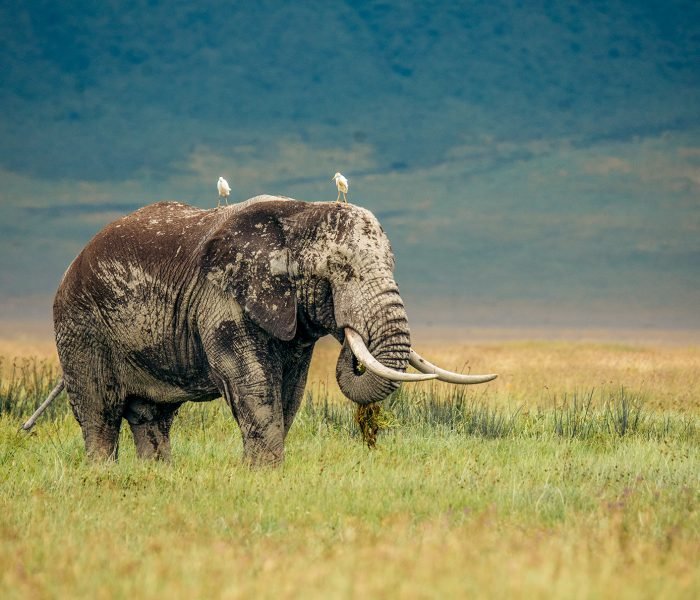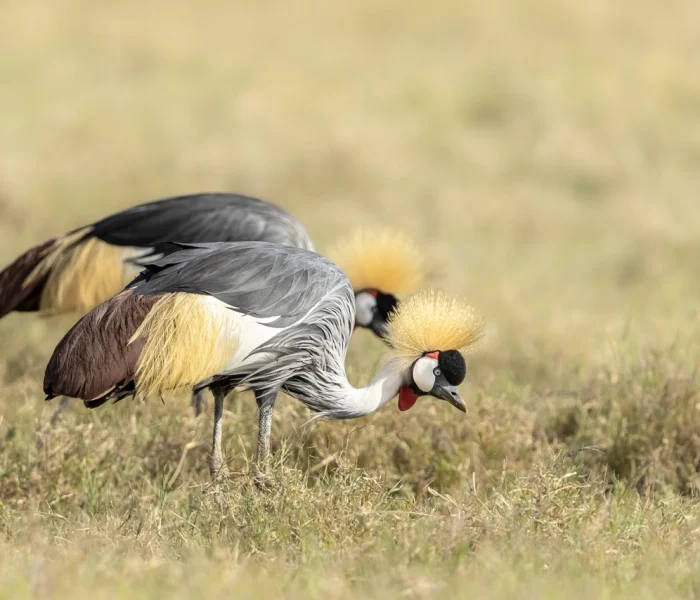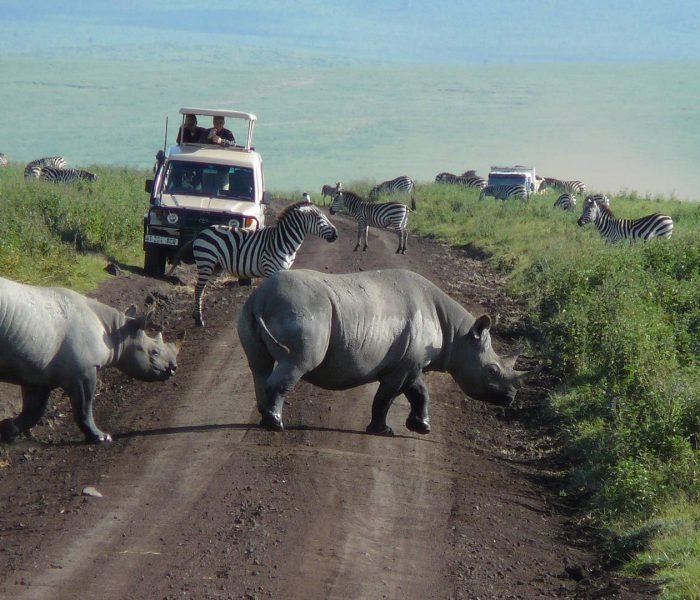Ngorongoro Crater
Overview
Ngorongoro Crater is one of Africa’s most iconic safari destinations — a natural amphitheater teeming with wildlife and dramatic scenery. Formed over two million years ago by the collapse of a massive volcano, this UNESCO World Heritage Site is the largest unbroken volcanic caldera in the world, stretching 260 square kilometers (100 square miles) across northern Tanzania.
A Natural Wonder Like No Other
Often referred to as the “Eighth Wonder of the World,” the Ngorongoro Crater offers a self-contained ecosystem that supports an astonishing concentration of wildlife. Within its lush grasslands, acacia forests, and soda lakes, you’ll encounter:
- All members of the Big Five — lion, leopard, elephant, buffalo, and the rare black rhino
- Large herds of wildebeest, zebras, and gazelles
- Hippos, flamingos, hyenas, cheetahs, and countless bird species
It’s one of the few places in Africa where you can see so many species in such close proximity — all in a single day.
Wildlife & Culture in Harmony
The Crater is part of the wider Ngorongoro Conservation Area, a unique model where people and wildlife coexist. Here, the semi-nomadic Maasai people still graze their cattle on crater rims, continuing a centuries-old tradition that blends with nature’s rhythms.
When to Visit
Ngorongoro offers incredible safari experiences year-round, but the dry season from June to October is best for game viewing. The green season (December to March) brings lush scenery and calving season for many animals — ideal for photography and fewer crowds.



